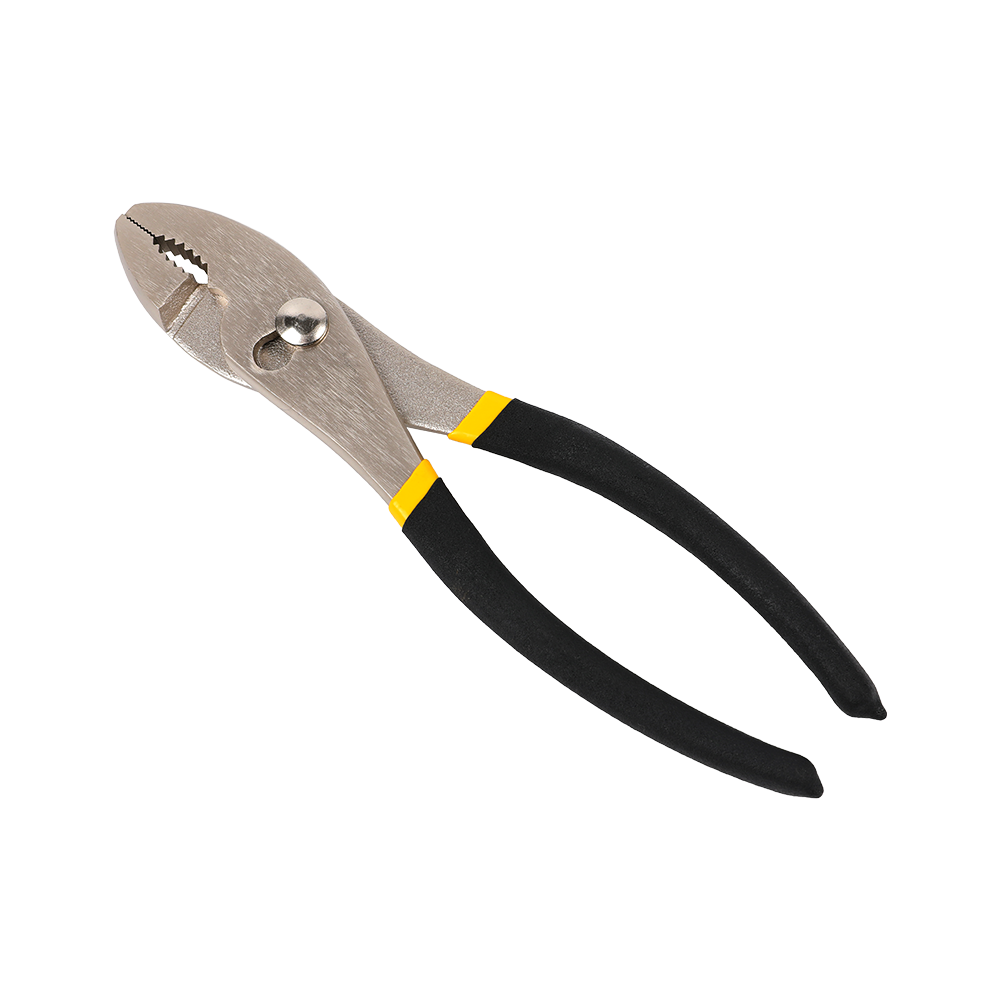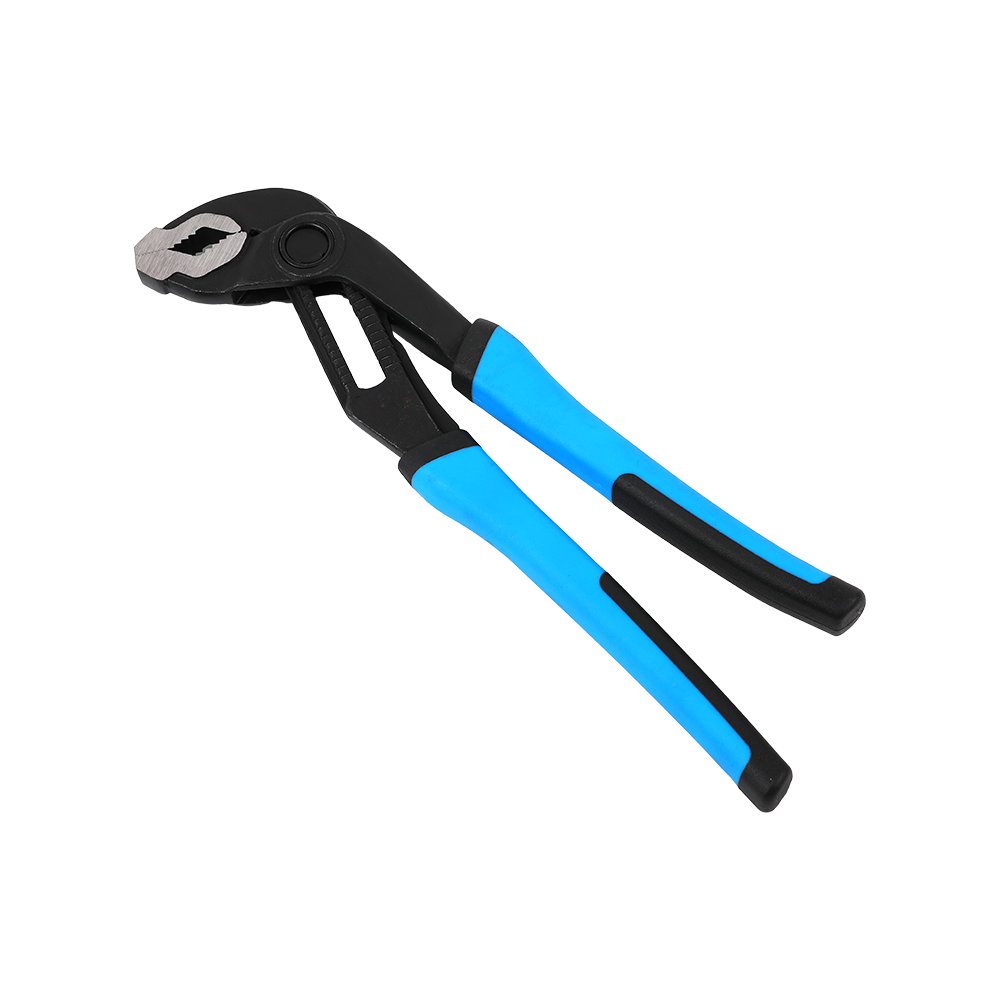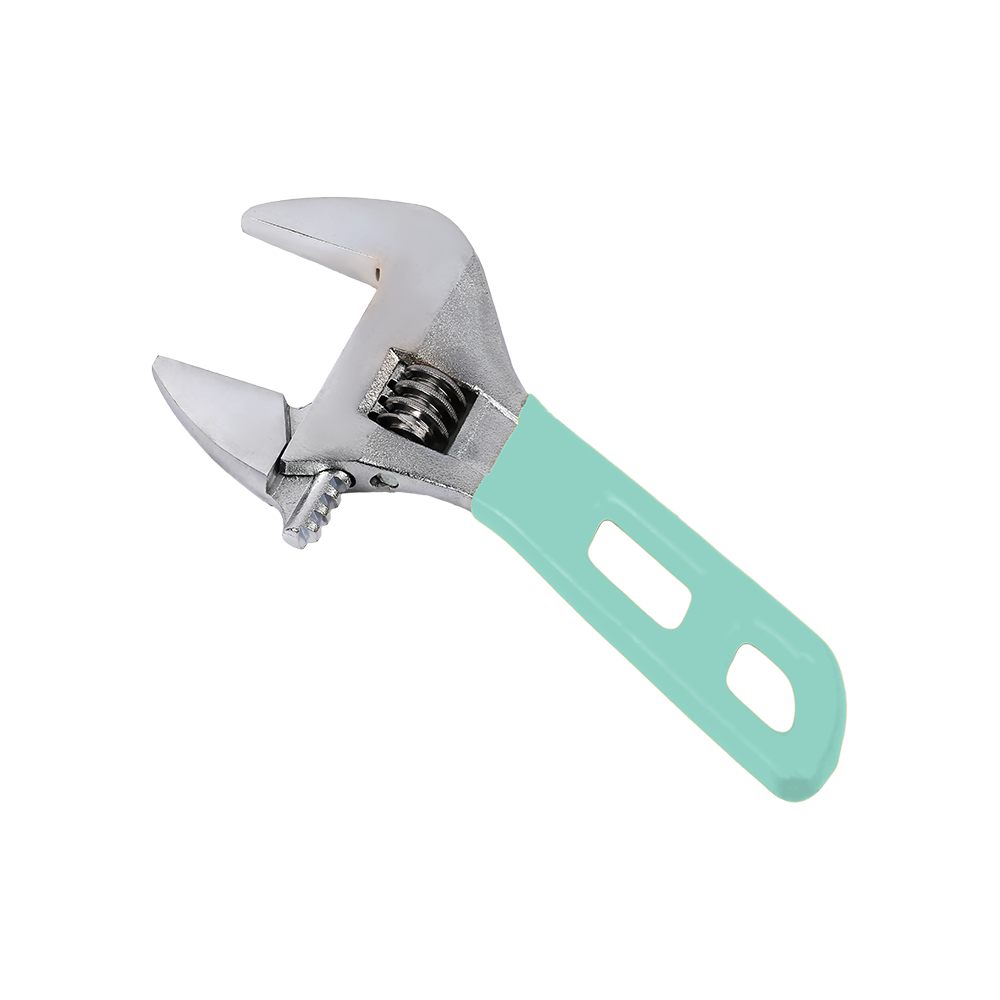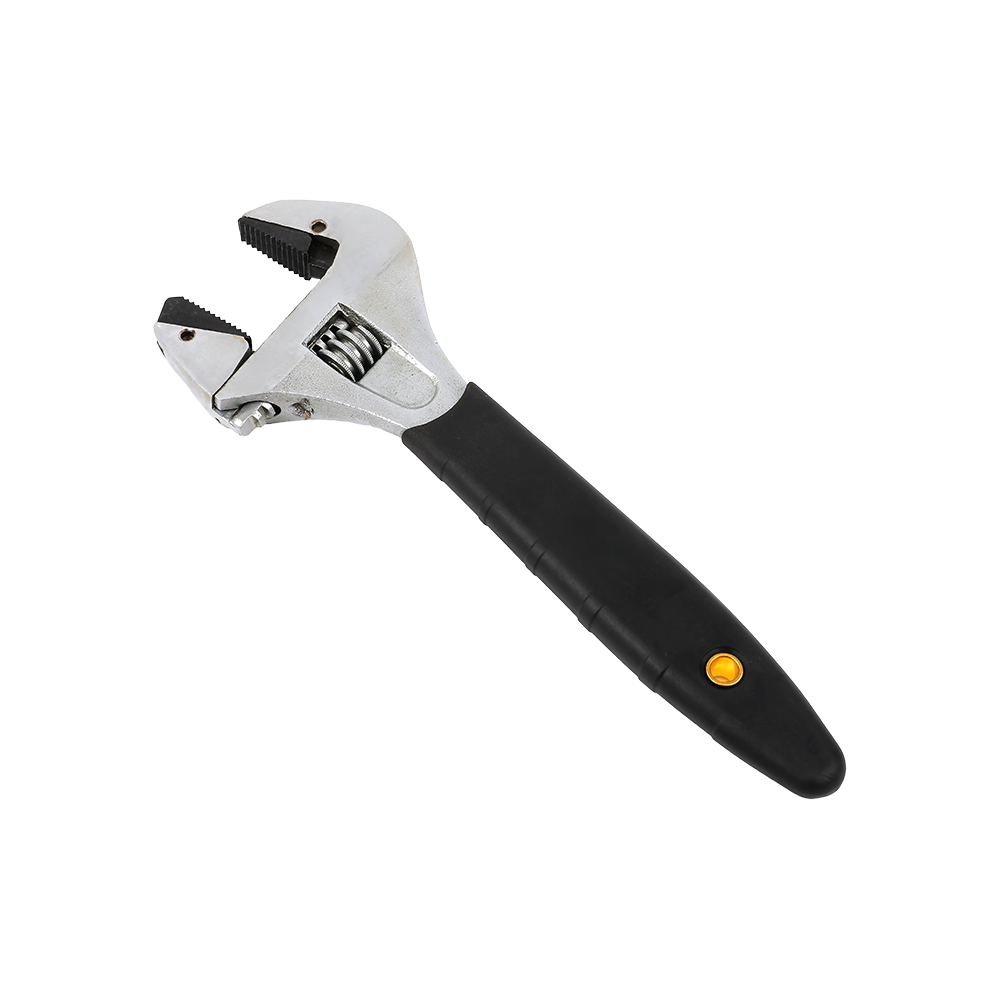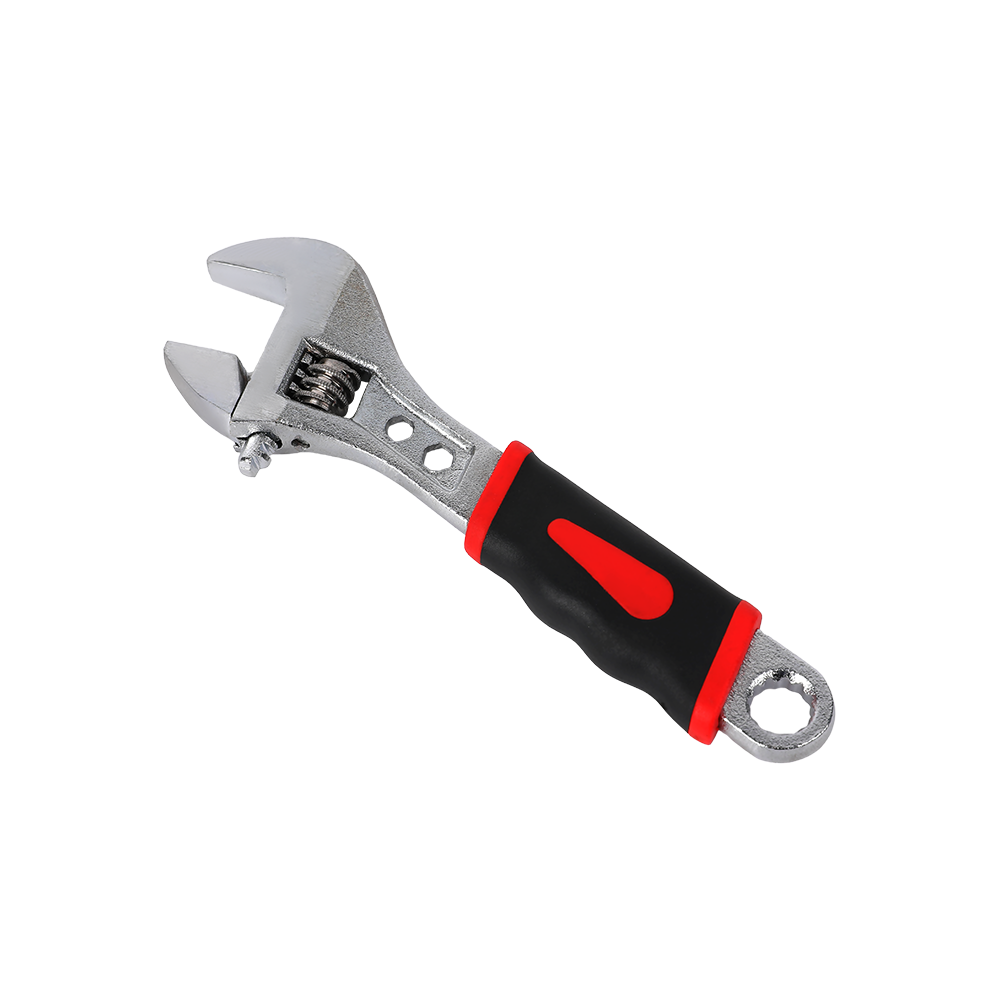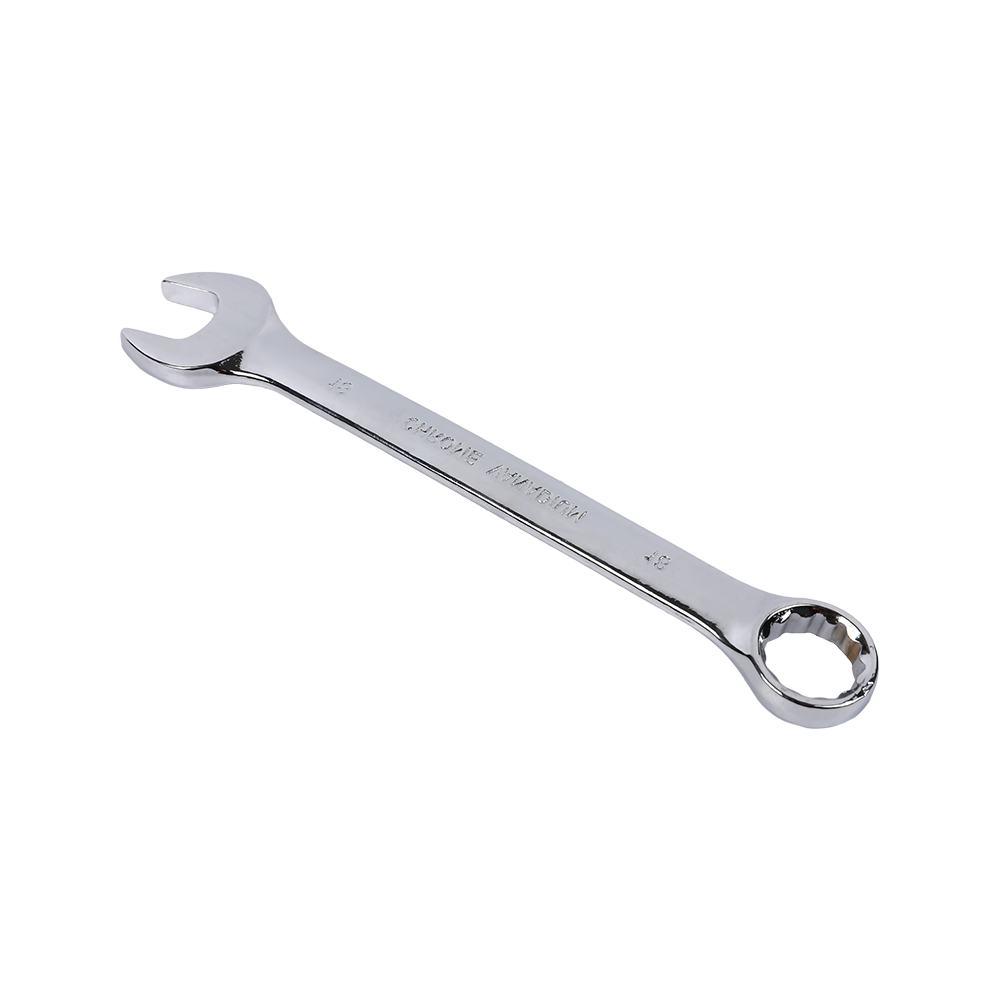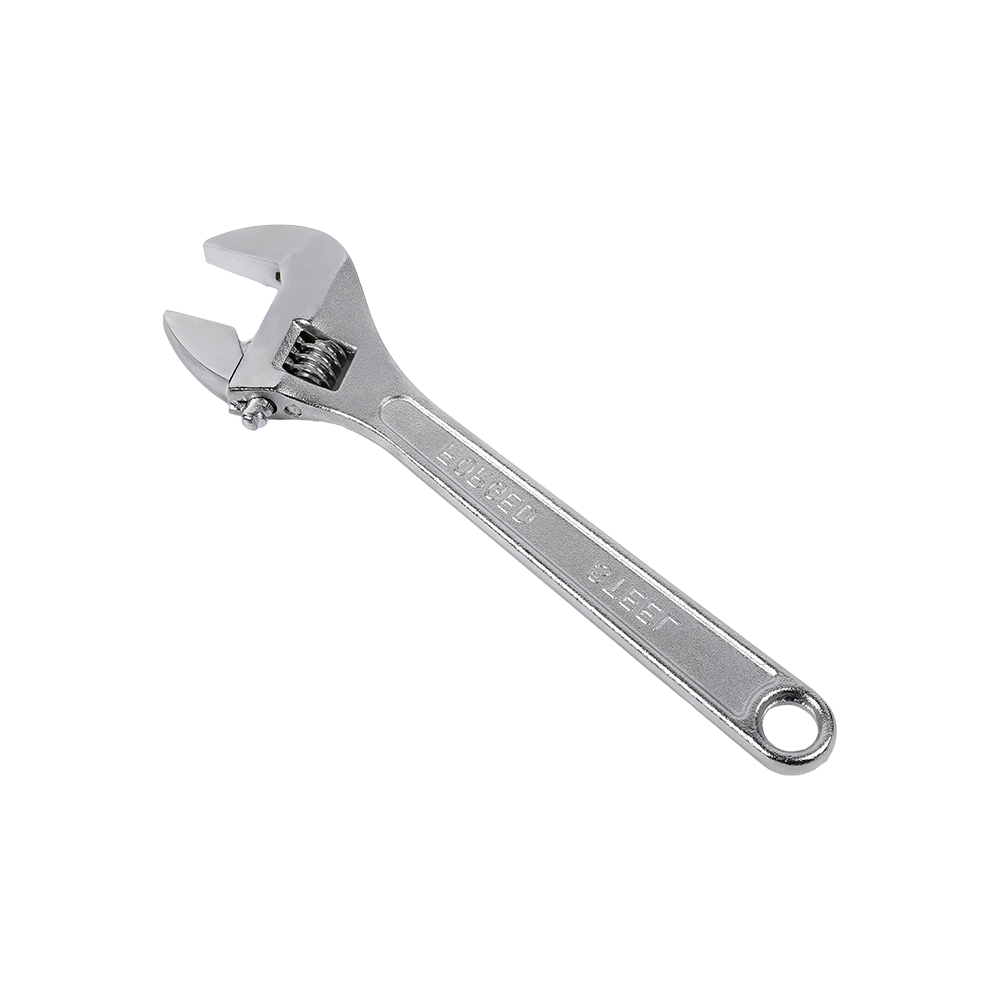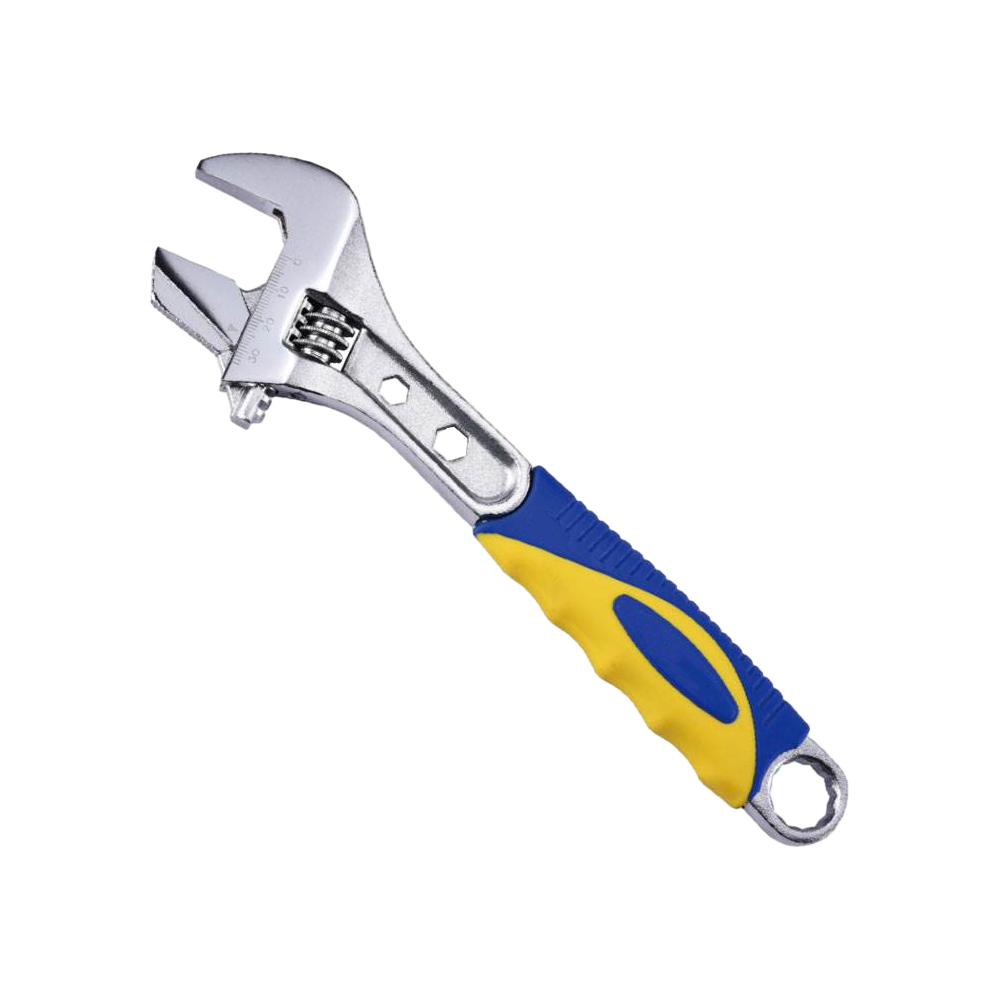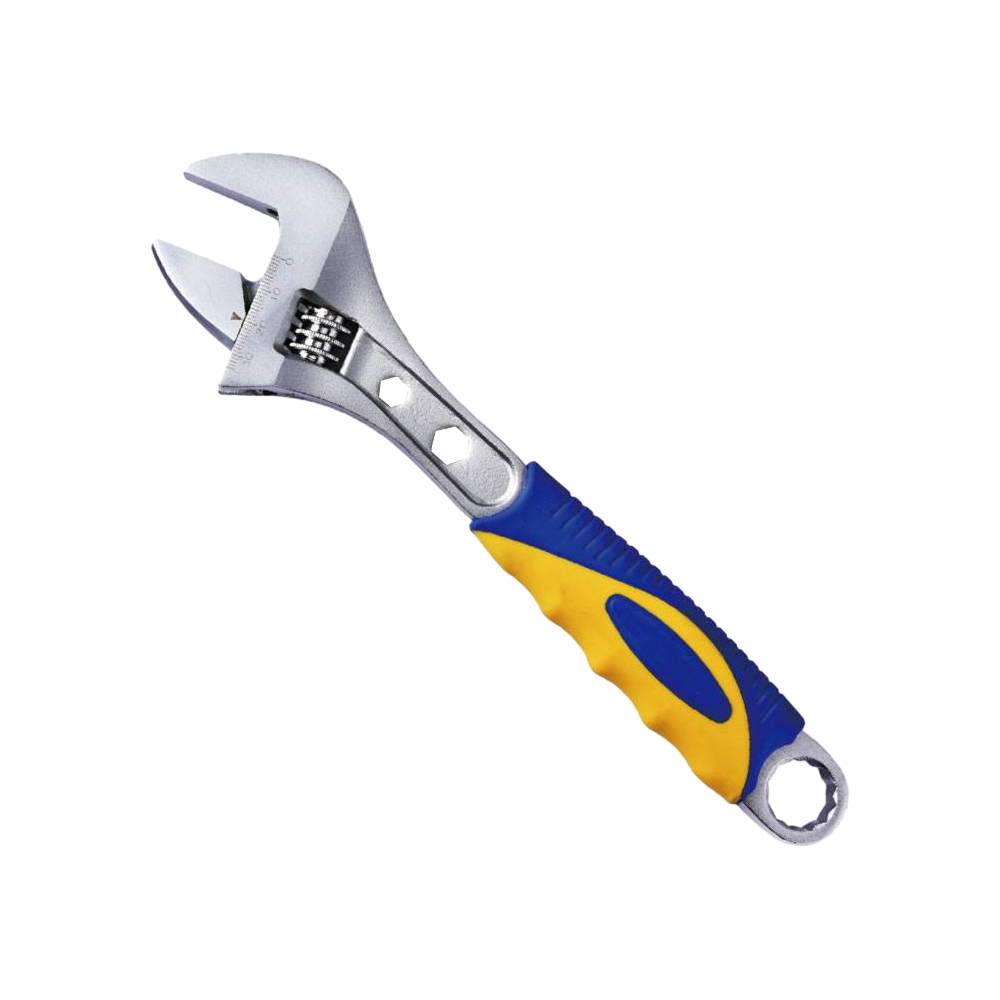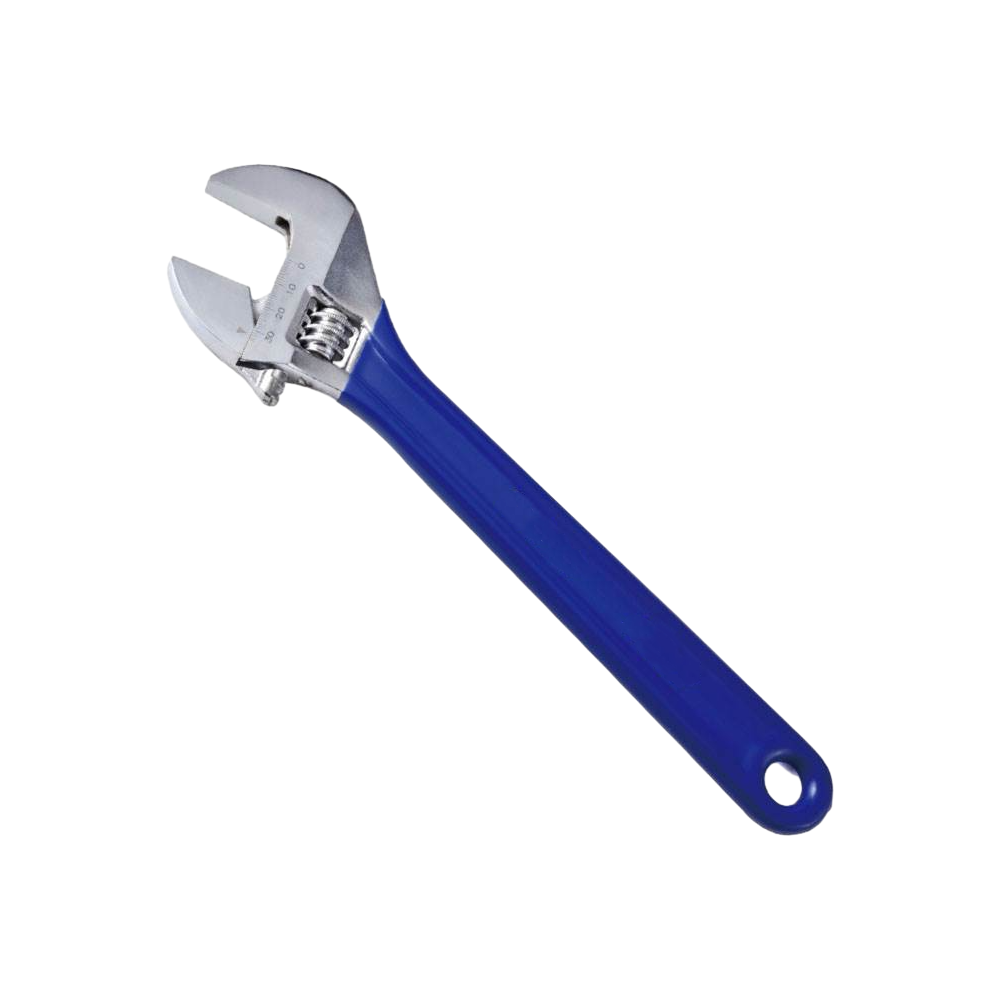The Effectiveness of Car Wrenches and Heat-Treated Tubes
As a critical tool in automotive repair and assembly, the core performance of car wrenches depends largely on the quality and treatment of the tubing used. Heat treatment of the entire tubing is crucial for ensuring tool reliability. Heat treatment involves more than simply heating or cooling; rather, it involves precisely controlling the temperature, holding time, and cooling rate to alter the internal metal structure of the tubing, thereby optimizing its mechanical properties. For car wrenches, this treatment significantly improves the tubing's hardness and wear resistance while maintaining a certain level of toughness, paving the way for high-intensity operations such as installing and unloading large nuts and fittings.
Heat Treatment Improves the Suitability of Car Wrenches
Full-body heat treatment of tubing significantly enhances the suitability of automotive wrenches for diverse applications. When installing and unloading large nuts, the tool must withstand continuous and concentrated torque. Untreated tubing can deform or even break due to insufficient strength. Heat-treated tubing, however, has a uniform internal structure that evenly distributes torque, preventing localized excessive stress. When installing pipes, working space is often confined, requiring a wrench with a certain rigidity to ensure precision while also providing adequate flexibility for fine adjustments. The heat treatment process perfectly balances these two seemingly conflicting requirements, allowing the tool to smoothly transition between exerting force and making fine adjustments.
Structural Design and Synergy with Heat-Treated Tubing
The overall structural design of the automotive wrench is closely synergized with the heat-treated tubing. The connection between the handle and the load-bearing tubing is not simply spliced together, but achieved through a special process to create an integrated transition. This design smoothly transfers operating force from the handle to the front of the tubing, minimizing energy loss. Heat-treated tubing forms a dense oxide film on the surface, enhancing corrosion resistance and reducing friction when in contact with nuts and fittings, protecting the tool and preventing damage to the workpiece surface.
Benefits in Practical Operations
In automotive repair shops or assembly lines, using wrenches made with heat-treated tubing significantly improves efficiency and safety. With constant, frequent use, these wrenches are less susceptible to fatigue damage and have a lifespan far exceeding that of standard tools. When handling large, rusted or overtightened nuts, its resistance to deformation prevents unexpected tool breakage and makes disassembly easier. When installing precision pipes, the tool's stability ensures connection accuracy, reduces leaks caused by improper installation, and safeguards the vehicle's overall performance.
Maintenance and Performance Maintenance Tips
To ensure the long-term performance of a heat-treated car wrench, several aspects of daily maintenance are essential. After use, clean the tool surface of oil and impurities promptly to prevent the long-term adhesion of corrosive substances that may affect the performance of the pipe. During storage, avoid impact with hard objects to prevent scratches or deformation of the pipe surface. If not in use for an extended period, apply a rust inhibitor and store in a dry, ventilated area to protect the surface structure formed by the heat treatment. Proper maintenance ensures the heat treatment effect of the pipe is maintained over time, ensuring the tool is always in working condition.
-
Feedback
 English
English русский
русский Español
Español
